
By Art in Tuscany
Giovanni di Paolo di Grazia, one of the most important Italian painters of the 15th-century Sienese school. He is chiefly notable for carrying the brilliantly colourful vision of Sienese 14th-century paintings on into the Renaissance. His early works show the influence of previous Sienese masters, his landscapes and his figures still reverberate with echoes of Duccio’s work, but his later style grew steadily more individualized, characterized by vigorous, harsh colors and elongated forms. His art most beautifully reflects the 15th-century artistic conservatism of a commercially declining city.
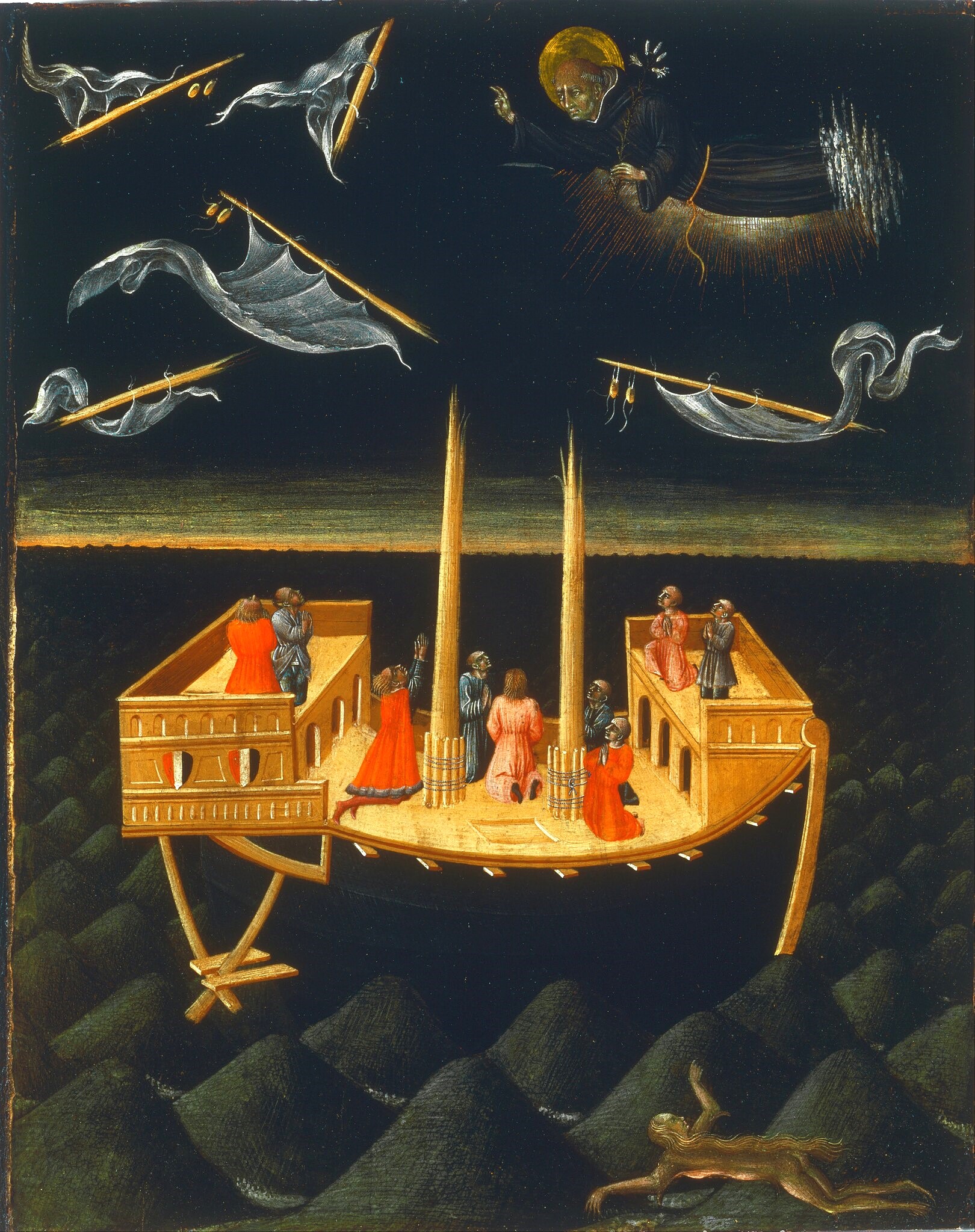
Many of his works have an unusual dreamlike atmosphere, such as the surrealistic Saint Nicholas of Tolentino Saving a Ship (1455?, Philadelphia Museum of Art), while his last works – particularly Last Judgment, Heaven, and Hell (1465?) and Assumption of the Virgin (1475), both at Pinacoteca, Siena – are grotesque treatments of their lofty subjects. Giovanni’s reputation declined after his death but was revived in the 20th century.
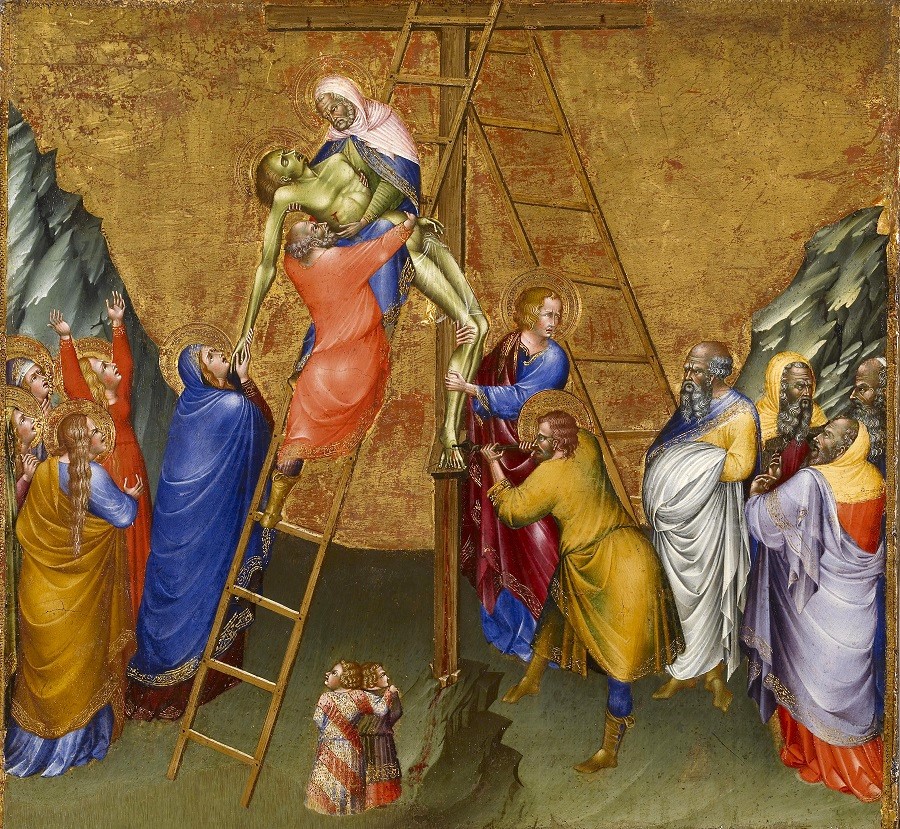
The original Malavolti polyptych is Giovanni’s earliest known altarpiece, painted in 1426 when he was twenty-three, for the large church of San Domenico in Siena. Throughout his career he worked for the Dominican Order and its austerity may have encouraged his lifelong path toward an ever more mystical expressionism. In The Entombment, the shadow points up Nicodemus as the key figure who gave up his tomb for the burial of Jesus. This unusual act of charity may be a reflection of the Malavolti family’s commission of the altarpiece, and their relationship to the mendicant order.
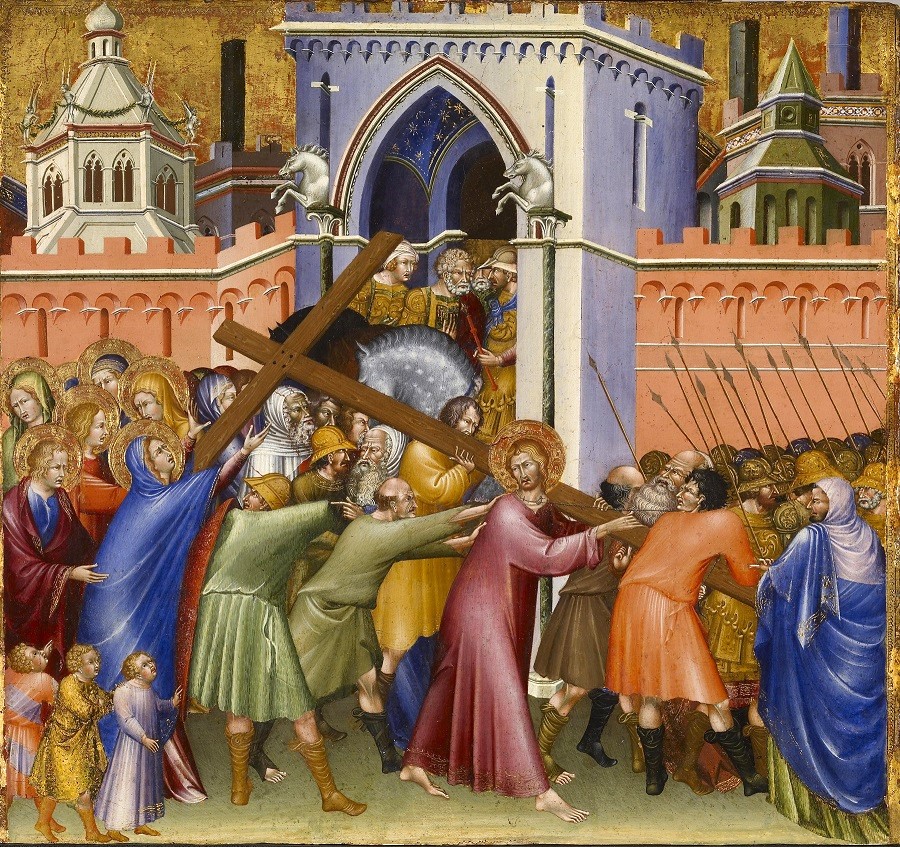
This is one of four early masterpieces by Giovanni di Paolo in the Walters. It was originally part of a predella (paintings on the base of an altarpiece) in the chapel of the Malavolti family in the church of San Domenico in Siena. The main altar panel, dated 1426 and depicting the Virgin and Child flanked by saints, is in Italy. The predella panels show, chronologically, the Resurrection of Lazarus, the Way to Calvary, the Descent from the Cross, and the Entombment. Originally, an image of the Crucifixion (now in Germany) would have been in the center.
Throughout his career, Giovanni di Paolo referred to the pictorial tradition of his native Siena that was rooted in Byzantine art and is characterized by, in particular, the gold ground and the stylized rock formations.
Giovanni di Paolo was an independent artist who managed to thrive in a Siena which was on the one hand conservative and on the other responsive to such inventive minds as Sassetta and the Osservanza Master. Like these artists, Giovanni di Paolo had remarkable narrative gifts as an artist as is clear from such masterpieces as The Life of John the Baptist (Art Institute of Chicago), The Expulsion of Adam and Eve from the Garden of Eden (Robert Lehman Collection, Metropolitan Museum, New York) and the Paradise (Metropolitan Museum, New York). His early training seems to have included contact with Lombard artists (his earliest patron was the Lombard Anna Castiglione a relative of Cardinal Castiglione Branda, patron of Vecchietta) and probably French artists too. He could, for example, have known the Limbourg brothers, the Franco-Flemish illuminators who were in Siena in 1413. Certainly the nervous, staccato quality of line that distinguishes his work from that of his Sienese contemporaries betrays an assimilation of Lombard and French Gothic forms. By the mid 1420s Giovanni di Paolo’s career was flourishing and from that period come the Pecci and Branchini altarpieces (Pinacoteca Nazionale, Siena and Norton Simon Museum, San Marino) which both show the influence of Gentile da Fabriano who had painted a (now lost) altarpiece in 1425/6 for the Sienese Notaries Guild.

Giovanni di Paolo’s brilliant color and pattern were typically Sienese, but he is distinguished from his teachers and contemporaries by an expressive imagination. His unique style is otherworldly and spiritual. Here the drama is heightened by a dark background and contrasting colors, nervous patterns, and unreal proportions. In the center, Gabriel brings news of Christ’s future birth to the Virgin. Thus is put in motion the promise of salvation for humankind, a salvation necessitated by the expulsion of Adam and Eve from Paradise, which we see happening on the left, outside Mary’s jewellike home. Mary will reopen the doors of Paradise closed by Eve’s sin. The scene of Joseph warming himself in front of a fire, on the right, is an unusual addition. Perhaps it refers simply to the season of Jesus’ birth, but more likely it is layered with other meanings, suggesting the flames of hope and charity and invoking the winter of sin now to be replaced by the spring of this new era of Grace. The three scenes help make explicit the connection between the Fall and God’s promise of salvation, which is fulfilled at the moment of the Annunication.
Though Giovanni’s primary concern is not the appearance of the natural world, it is clear that he was aware of contemporary developments in the realistic depiction of space. Note how the floor tiles appear to recede, a technique adopted by Florentine artists experimenting with the new science of perspective.
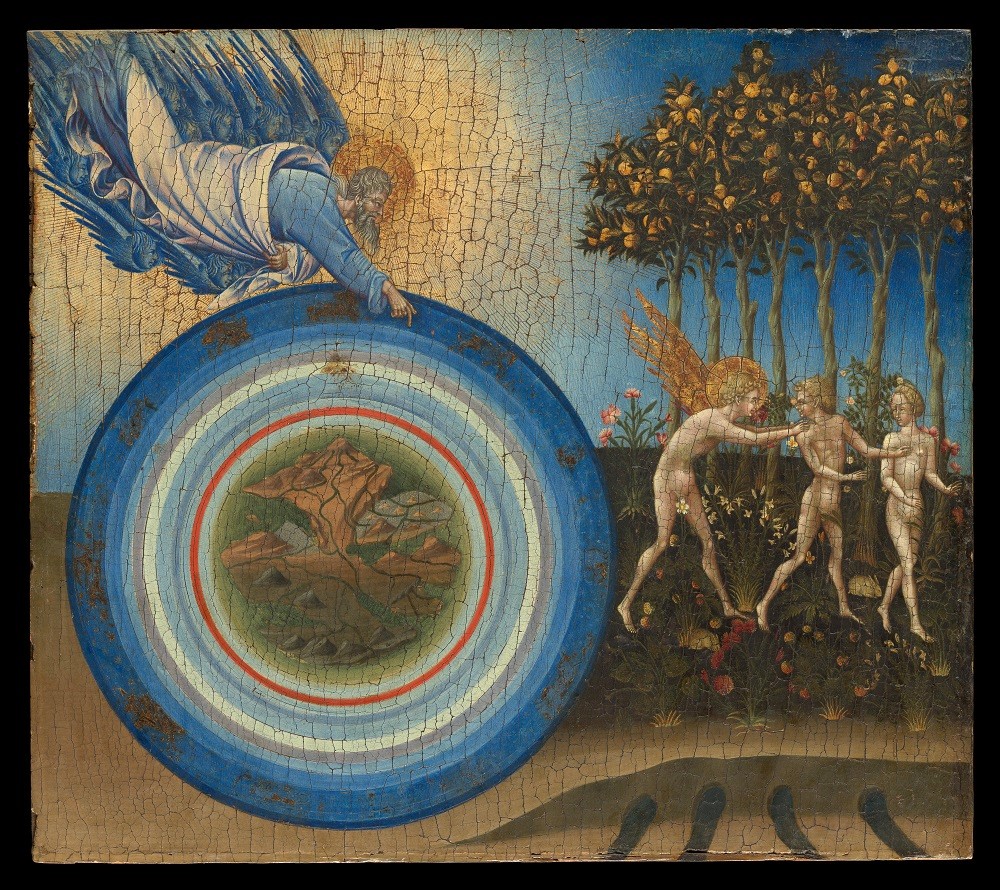
The Creation and the Expulsion from the Paradise

This extraordinary panel is widely admired for its brilliant colours, curious iconography, and mystical vitality At the left, God the Father, supported by 12 blue cherubim, flies downward, pointing with his right hand at a circular “mappamondo”, which fills the lower half of the scene. The representation of earth is surrounded by concentric circles, including a green ring (for water), a blue ring (for air), a red ring (for fire), the circles of the seven planets, and the circle of the Zodiac. On the right, in a separate scene set in a meadow filled with flowers, Adam and Eve walk to the right against a line of seven trees with golden fruit. Their heads turn back toward a naked angel, who expels them from Paradise. Below them spring the four rivers of Paradise, which extend to the base of the picture.
This panel is a fragment from the predella of an altarpiece painted for the church of San Domenico in Siena and now in the Uffizi in Florence. Another panel from the same predella is also in the Museum’s collection. The influence of the International Gothic style, especially French miniature painting, can be seen in the figures of the angel, Adam, and Eve, and in the details of flora and fauna.
Source: travelingintuscany.com

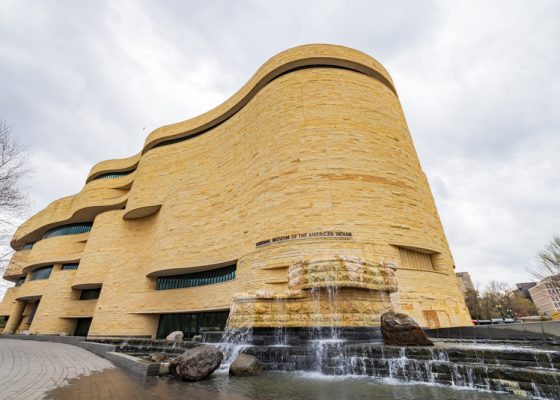

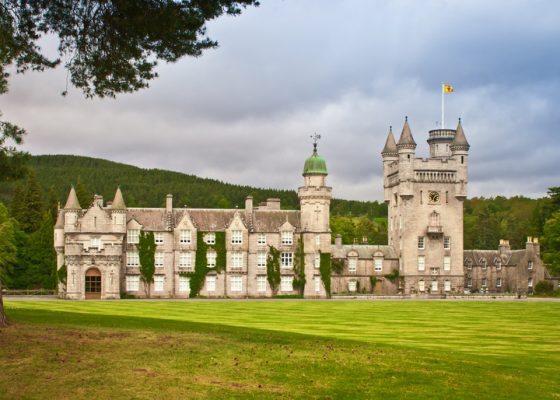
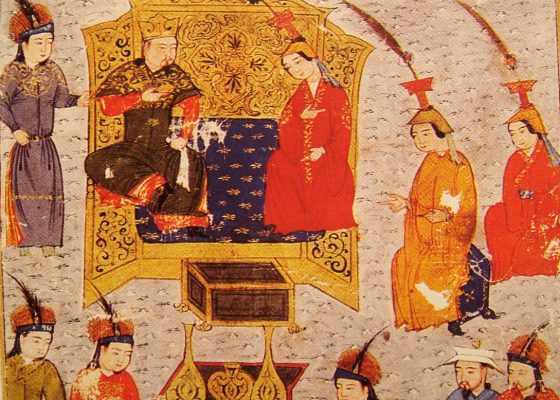
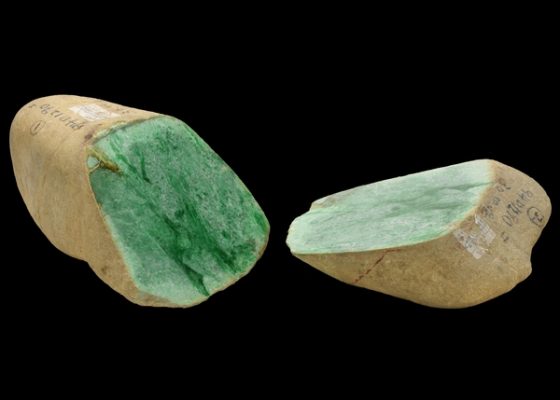
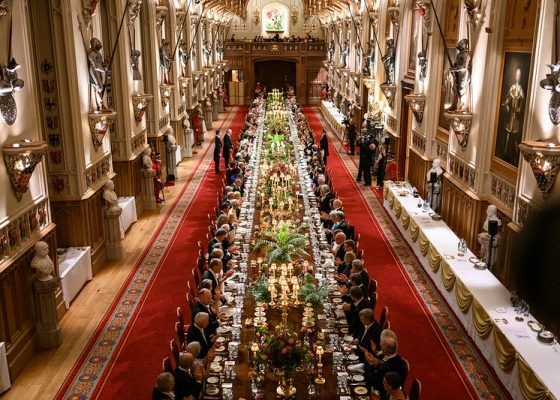
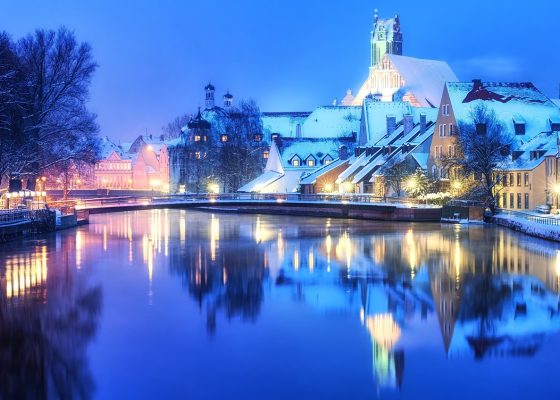

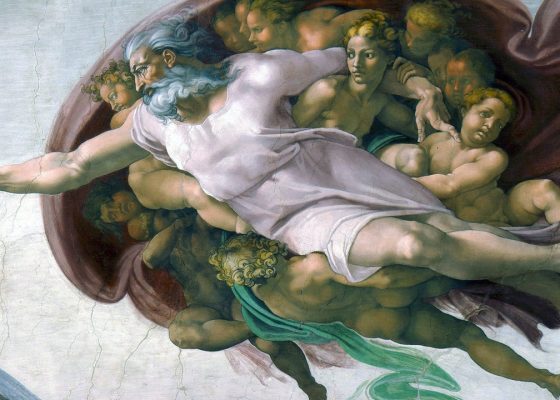


Cancel anytime

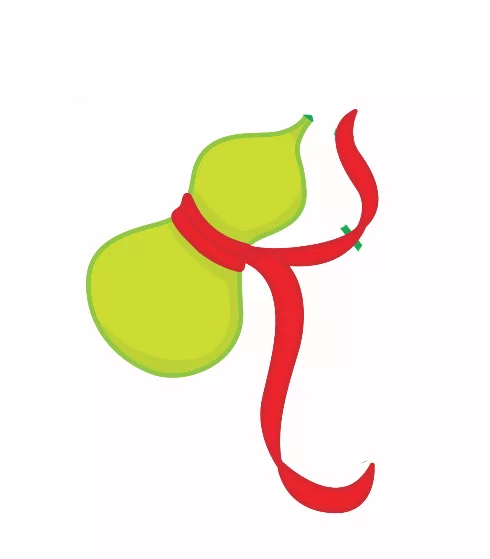
Using our website
You may use the The Middle Land website subject to the Terms and Conditions set out on this page. Visit this page regularly to check the latest Terms and Conditions. Access and use of this site constitutes your acceptance of the Terms and Conditions in-force at the time of use.
Intellectual property
Names, images and logos displayed on this site that identify The Middle Land are the intellectual property of New San Cai Inc. Copying any of this material is not permitted without prior written approval from the owner of the relevant intellectual property rights.
Requests for such approval should be directed to the competition committee.
Please provide details of your intended use of the relevant material and include your contact details including name, address, telephone number, fax number and email.
Linking policy
You do not have to ask permission to link directly to pages hosted on this website. However, we do not permit our pages to be loaded directly into frames on your website. Our pages must load into the user’s entire window.
The Middle Land is not responsible for the contents or reliability of any site to which it is hyperlinked and does not necessarily endorse the views expressed within them. Linking to or from this site should not be taken as endorsement of any kind. We cannot guarantee that these links will work all the time and have no control over the availability of the linked pages.
Submissions
All information, data, text, graphics or any other materials whatsoever uploaded or transmitted by you is your sole responsibility. This means that you are entirely responsible for all content you upload, post, email or otherwise transmit to the The Middle Land website.
Virus protection
We make every effort to check and test material at all stages of production. It is always recommended to run an anti-virus program on all material downloaded from the Internet. We cannot accept any responsibility for any loss, disruption or damage to your data or computer system, which may occur while using material derived from this website.
Disclaimer
The website is provided ‘as is’, without any representation or endorsement made, and without warranty of any kind whether express or implied.
Your use of any information or materials on this website is entirely at your own risk, for which we shall not be liable. It is your responsibility to ensure any products, services or information available through this website meet your specific requirements.
We do not warrant the operation of this site will be uninterrupted or error free, that defects will be corrected, or that this site or the server that makes it available are free of viruses or represent the full functionality, accuracy and reliability of the materials. In no event will we be liable for any loss or damage including, without limitation, loss of profits, indirect or consequential loss or damage, or any loss or damages whatsoever arising from the use, or loss of data, arising out of – or in connection with – the use of this website.
Last Updated: September 11, 2024
New San Cai Inc. (hereinafter “The Middle Land,” “we,” “us,” or “our”) owns and operates www.themiddleland.com, its affiliated websites and applications (our “Sites”), and provides related products, services, newsletters, and other offerings (together with the Sites, our “Services”) to art lovers and visitors around the world.
This Privacy Policy (the “Policy”) is intended to provide you with information on how we collect, use, and share your personal data. We process personal data from visitors of our Sites, users of our Services, readers or bloggers (collectively, “you” or “your”). Personal data is any information about you. This Policy also describes your choices regarding use, access, and correction of your personal information.
If after reading this Policy you have additional questions or would like further information, please email at middleland@protonmail.com.
PERSONAL DATA WE COLLECT AND HOW WE USE IT
We collect and process personal data only for lawful reasons, such as our legitimate business interests, your consent, or to fulfill our legal or contractual obligations.
Information You Provide to Us
Most of the information Join Talents collects is provided by you voluntarily while using our Services. We do not request highly sensitive data, such as health or medical information, racial or ethnic origin, political opinions, religious or philosophical beliefs, trade union membership, etc. and we ask that you refrain from sending us any such information.
Here are the types of personal data that you voluntarily provide to us:
As a registered users or customers, you may ask us to review or retrieve emails sent to your business. We will access these emails to provide these services for you.
We use the personal data you provide to us for the following business purposes:
Information Obtained from Third-Party Sources
We collect and publish biographical and other information about users, which we use to promote the articles and our bloggers who use our sites. If you provide personal information about others, or if others give us your information, we will only use that information for the specific reason for which it was provided.
Information We Collect by Automated Means
Log Files
The site uses your IP address to help diagnose server problems, and to administer our website. We use your IP addresses to analyze trends and gather broad demographic information for aggregate use.
Every time you access our Site, some data is temporarily stored and processed in a log file, such as your IP addresses, the browser types, the operating systems, the recalled page, or the date and time of the recall. This data is only evaluated for statistical purposes, such as to help us diagnose problems with our servers, to administer our sites, or to improve our Services.
Do Not Track
Your browser or device may include “Do Not Track” functionality. Our information collection and disclosure practices, and the choices that we provide to customers, will continue to operate as described in this Privacy Policy, whether or not a “Do Not Track” signal is received.
HOW WE SHARE YOUR INFORMATION
We may share your personal data with third parties only in the ways that are described in this Privacy Policy. We do not sell, rent, or lease your personal data to third parties, and We does not transfer your personal data to third parties for their direct marketing purposes.
We may share your personal data with third parties as follows:
There may be other instances where we share your personal data with third parties based on your consent.
HOW WE STORE AND SECURE YOUR INFORMATION
We retain your information for as long as your account is active or as needed to provide you Services. If you wish to cancel your account, please contact us middleland@protonmail.com. We will retain and use your personal data as necessary to comply with legal obligations, resolve disputes, and enforce our agreements.
All you and our data are stored in the server in the United States, we do not sales or transfer your personal data to the third party. All information you provide is stored on a secure server, and we generally accepted industry standards to protect the personal data we process both during transmission and once received.
YOUR RIGHTS/OPT OUT
You may correct, update, amend, delete/remove, or deactivate your account and personal data by making the change on your Blog on www.themiddleland.com or by emailing middleland@protonmail.com. We will respond to your request within a reasonable timeframe.
You may choose to stop receiving Join Talents newsletters or marketing emails at any time by following the unsubscribe instructions included in those communications, or you can email us at middleland@protonmail.com
LINKS TO OTHER WEBSITES
The Middle Land include links to other websites whose privacy practices may differ from that of ours. If you submit personal data to any of those sites, your information is governed by their privacy statements. We encourage you to carefully read the Privacy Policy of any website you visit.
NOTE TO PARENTS OR GUARDIANS
Our Services are not intended for use by children, and we do not knowingly or intentionally solicit data from or market to children under the age of 18. We reserve the right to delete the child’s information and the child’s registration on the Sites.
PRIVACY POLICY CHANGES
We may update this Privacy Policy to reflect changes to our personal data processing practices. If any material changes are made, we will notify you on the Sites prior to the change becoming effective. You are encouraged to periodically review this Policy.
HOW TO CONTACT US
If you have any questions about our Privacy Policy, please email middleland@protonmail.com
The Michelin brothers created the guide, which included information like maps, car mechanics listings, hotels and petrol stations across France to spur demand.
The guide began to award stars to fine dining restaurants in 1926.
At first, they offered just one star, the concept was expanded in 1931 to include one, two and three stars. One star establishments represent a “very good restaurant in its category”. Two honour “excellent cooking, worth a detour” and three reward “exceptional cuisine, worth a
Thank you for your participation,
please Log in or Sign up to Vote

123Sign in to your account